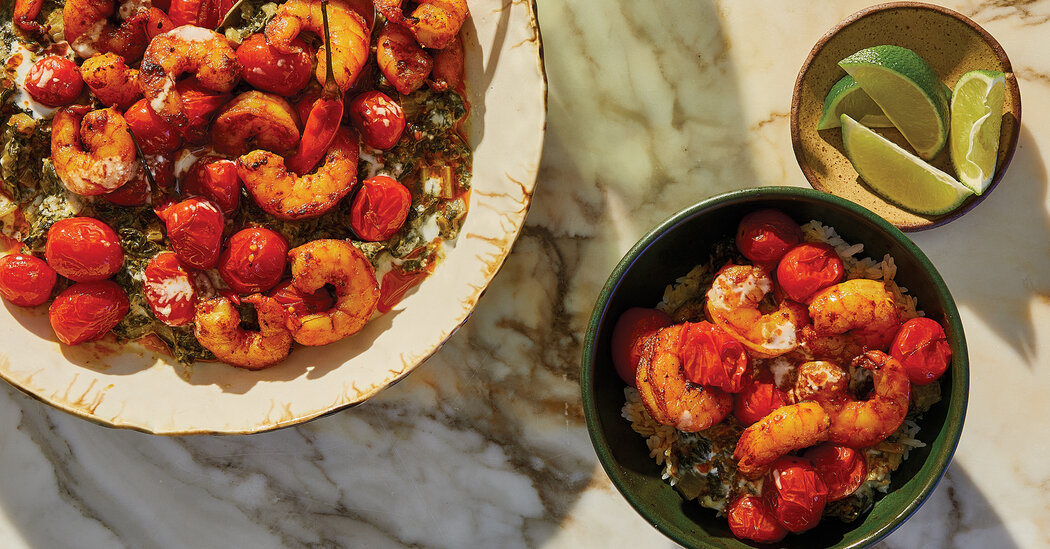
And yet again, Elaine just had to go back to the kitchen. And again, her father had something to do with it, only this time in a supportive way. Her wish to go to work at Ottolenghi in London seems to have swayed it, and for that I am utterly grateful. The Ottolenghi books, you see, were a staple in the Goad household. Elaine’s mother and father were fans, as was her Canadian grandmother, so my food was often served at family meals.
Going to work for Ottolenghi was, I suppose, a more purposeful ambition, and so, seven years ago, Elaine ended up in one of our kitchens, followed by a meteoric rise from kitchen porter to commis chef to salad chef to head chef. I think it’s fair to assume that all the years of waiting have given her an incredible drive that, combined with great talent, makes her an extraordinary chef.
She now has four head-chef positions in our company under her belt, including starting our most recent kitchen in Chelsea, West London. It is there that she first put on the menu a dish based on laing. Elaine says that her “comfort zone” is cooking food from Eastern Asia: the Philippines, Thailand, Malaysia and Korea. She cooks these cuisines instinctively, without thinking. When she does Elaine-meets-Ottolenghi, she often goes to cookbooks. So to pair the laing of her childhood with cod, which is what she needed for her menu, she flicked through “Falastin,” the Palestinian cookbook written by my colleagues Sami Tamimi and Tara Wigley, and there she found a spice mix for fish. The mild sweetness of the mix, which has cardamom, cumin, paprika and turmeric, worked perfectly with the fish, as well as with the coconut greens. It was a hit.
The last chapter in the dish’s journey was when it arrived in the Ottolenghi test kitchen; we decided to swap the cod with shrimp to make it more approachable for home cooks. The spicing needed to be toned down so as not to mask the sweetness of the shrimp, but the essence of the dish remained, or at least that’s what I hoped. When Elaine came over to give her thumbs-up (or down) to the latest version, I wasn’t so worried about the substitution of taro with chard and how much like laing it tasted; the most important question was whether it still resonated with Elaine’s story, if it was authentic to her. And thankfully, it was!



